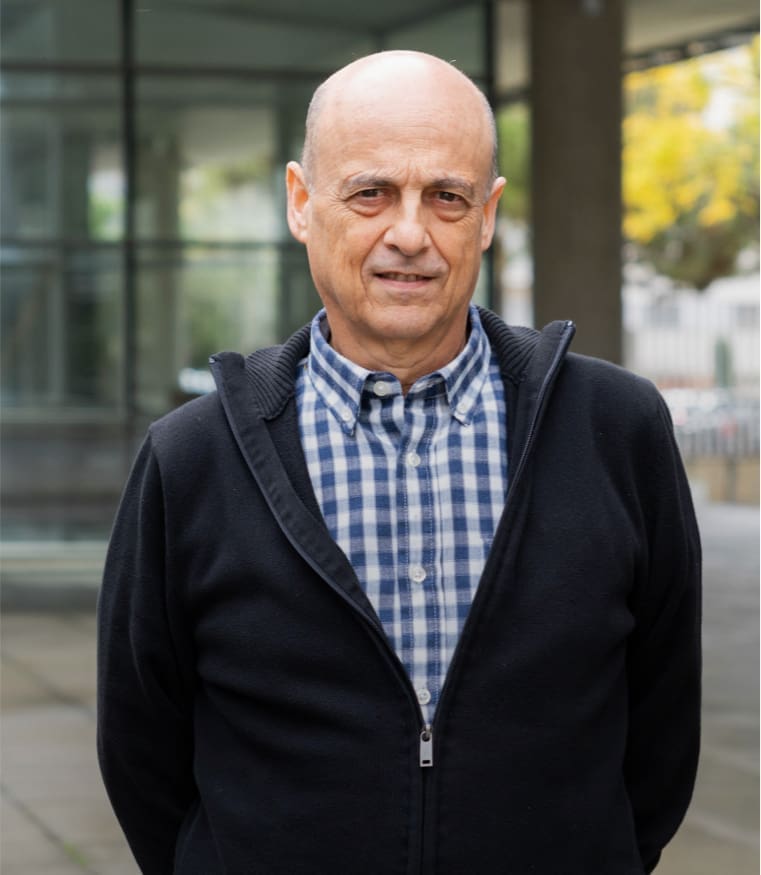A molecular ruthenium catalyst with water-oxidation activity comparable to that of photosystem II
Across chemical disciplines, an interest in developing artificial water splitting to O2 and H2, driven by sunlight, has been motivated by the need for practical and environmentally friendly power generation without the consumption of fossil fuels. The central issue in light-driven water splitting is the efficiency of the water oxidation, which in the best-known catalysts falls short of the desired level by approximately two orders of magnitude. Here, we show that it is possible to close that ‘two orders of magnitude’ gap with a rationally designed molecular catalyst [Ru(bda)(isoq)2] (H2bda = 2,2′-bipyridine-6,6′-dicarboxylic acid; isoq = isoquinoline). This speeds up the water oxidation to an unprecedentedly high reaction rate with a turnover frequency of >300 s-1. This value is, for the first time, moderately comparable with the reaction rate of 100-400 s-1 of the oxygen-evolving complex of photosystem II in vivo.

L. Duan, F. Bozoglian, S. Mandal, B. Stewart, T. Privalov, A. Llobet, L. Sun
Nat. Chem. 2012, 4, 418-423
DOI:
Go to the journal

Let's create a brighter future
Join our team to work with renowned researchers, tackle groundbreaking
projects and contribute to meaningful scientific advancements



















